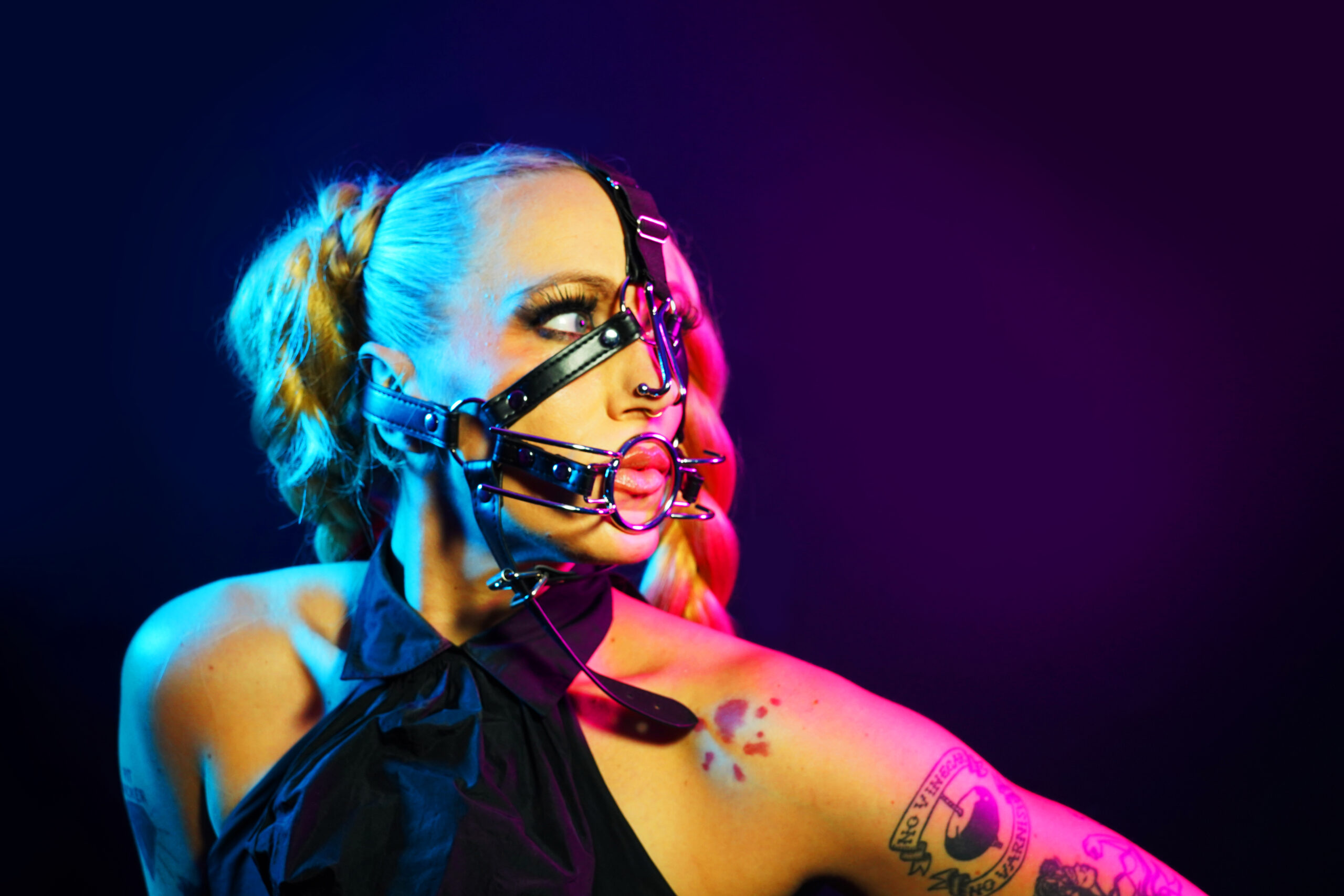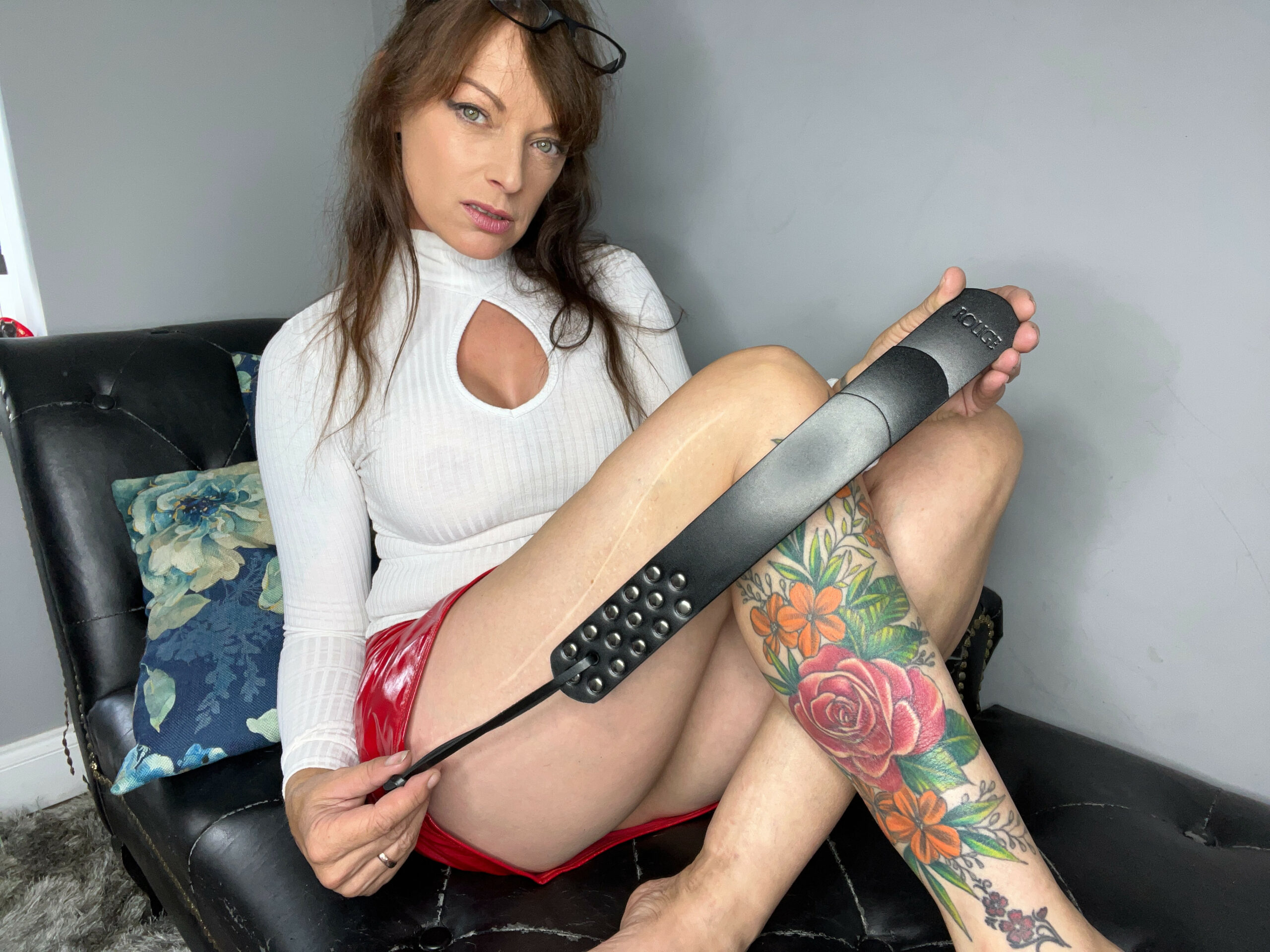Definitions and Understandings
Language, particularly when discussing complex concepts like sexuality, requires careful consideration of definitions and understandings. Pansexuality, for instance, encompasses a wide spectrum of experiences and interpretations, making it crucial to explore its nuances within the context of modern relationships.
Let me know if you have any other requests.
Beyond the Binary: Challenging Traditional Labels
Traditional binary labels often fail to capture the full complexity of human experience. Pansexuality, challenging this binary framework, recognizes that attraction transcends fixed categories of gender identity or expression. Individuals who identify as pansexual are attracted to people regardless of their gender, encompassing a diverse range of identities and expressions.
Within modern relationships, pansexuality fosters inclusivity and acceptance, moving beyond rigid definitions of partnership. It encourages open communication and understanding between individuals, allowing them to explore their attractions authentically. As societal norms evolve, the spectrum of pansexuality continues to broaden, reflecting the growing recognition of diverse sexualities and gender identities.
Embracing Attraction’s Nuances: Exploring the Pansexual Spectrum
Understanding pansexuality goes beyond simple definitions. It’s about recognizing the fluidity and diversity of human attraction. Some individuals may experience attraction primarily based on personality or emotional connection, while others may find themselves drawn to specific physical traits or expressions. The key element is that pansexual individuals are open to forming connections with people regardless of their gender identity or expression.
Modern relationships increasingly embrace this expansive view of love and attraction. Pansexuality challenges traditional relationship norms by promoting inclusivity and acceptance. It encourages partners to explore their individual desires and boundaries openly and honestly, fostering deeper understanding and connection.
Pansexuality in Contemporary Relationships
Traditional binary labels often fail to capture the full complexity of human experience. Pansexuality, challenging this binary framework, recognizes that attraction transcends fixed categories of gender identity or expression. Individuals who identify as pansexual are attracted to people regardless of their gender, encompassing a diverse range of identities and expressions.
Within modern relationships, pansexuality fosters inclusivity and acceptance, moving beyond rigid definitions of partnership. It encourages open communication and understanding between individuals, allowing them to explore their attractions authentically. As societal norms evolve, the spectrum of pansexuality continues to broaden, reflecting the growing recognition of diverse sexualities and gender identities.
Dating and Partnerships: Navigating Expectations and Communication
Traditional binary labels often fail to capture the full complexity of human experience. Pansexuality, challenging this binary framework, recognizes that attraction transcends fixed categories of gender identity or expression. Individuals who identify as pansexual are attracted to people regardless of their gender, encompassing a diverse range of identities and expressions.
Within modern relationships, pansexuality fosters inclusivity and acceptance, moving beyond rigid definitions of partnership. It encourages open communication and understanding between individuals, allowing them to explore their attractions authentically. As societal norms evolve, the spectrum of pansexuality continues to broaden, reflecting the growing recognition of diverse sexualities and gender identities.
Understanding pansexuality goes beyond simple definitions. It’s about recognizing the fluidity and diversity of human attraction. Some individuals may experience attraction primarily based on personality or emotional connection, while others may find themselves drawn to specific physical traits or expressions. The key element is that pansexual individuals are open to forming connections with people regardless of their gender identity or expression.
Modern relationships increasingly embrace this expansive view of love and attraction. Pansexuality challenges traditional relationship norms by promoting inclusivity and acceptance. It encourages partners to explore their individual desires and boundaries openly and honestly, fostering deeper understanding and connection.

Building Intimacy and Connection: Overcoming Societal Stereotypes
Pansexuality, in contemporary relationships, signifies a move towards more inclusive and accepting understandings of love and attraction. It challenges the traditional binary framework that often confines individuals to rigid categories of gender identity or expression.
- Breaking down societal stereotypes surrounding sexuality, pansexuality allows individuals to explore their attractions authentically, fostering deeper connections based on genuine compatibility.
- Open communication and understanding become paramount within relationships where pansexuality is embraced. Partners are encouraged to express their desires and boundaries honestly, leading to a more profound sense of intimacy and trust.
- The evolving nature of societal norms continues to expand the spectrum of pansexuality, reflecting a growing recognition of diverse sexualities and gender identities.
Pansexuality’s impact extends beyond individual relationships, influencing broader societal perceptions of love, acceptance, and inclusion.
Family and Social Acceptance: The Importance of Support Systems
Pansexuality is challenging traditional notions of sexuality and redefining the landscape of modern relationships. It emphasizes inclusivity and acceptance, recognizing that attraction transcends fixed categories of gender identity or expression.
In contemporary relationships, pansexuality fosters open communication and understanding between partners. It encourages individuals to explore their attractions authentically, creating deeper connections based on genuine compatibility. By breaking down societal stereotypes surrounding sexuality, pansexuality promotes a more accepting and inclusive environment where love can flourish without limitations.
The impact of pansexuality extends beyond individual relationships, influencing broader societal perceptions of love, acceptance, and inclusion. As societal norms continue to evolve, the spectrum of pansexuality continues to broaden, reflecting a growing recognition of diverse sexualities and gender identities.
Cultural Representations and Visibility

Pansexuality is challenging traditional notions of sexuality and redefining the landscape of modern relationships. It emphasizes inclusivity and acceptance, recognizing that attraction transcends fixed categories of gender identity or expression.
In contemporary relationships, pansexuality fosters open communication and understanding between partners. It encourages individuals to explore their attractions authentically, creating deeper connections based on genuine compatibility. By breaking down societal stereotypes surrounding sexuality, pansexuality promotes a more accepting and inclusive environment where love can flourish without limitations.
The impact of pansexuality extends beyond individual relationships, influencing broader societal perceptions of love, acceptance, and inclusion. As societal norms continue to evolve, the spectrum of pansexuality continues to broaden, reflecting a growing recognition of diverse sexualities and gender identities.
Media Portrayals: Examining Stereotypes and Shifting Narratives
Cultural representations and media portrayals play a crucial role in shaping public perception and understanding of various social groups, including those within the LGBTQ+ community.
Stereotypes, often perpetuated through inaccurate or limited depictions, can have damaging consequences, reinforcing prejudice and hindering acceptance. It’s essential to examine how pansexuality is represented in media to identify potential biases and work towards more inclusive and accurate portrayals.
Historically, pansexual individuals have been underrepresented in mainstream media, leading to a lack of visibility and understanding. When they are depicted, it’s often through metal anal plug stereotypical tropes or sensationalized narratives that fail to capture the complexity of their experiences.
Shifting these narratives requires conscious effort from media creators, producers, and consumers alike.
Promoting authentic representation is crucial for fostering empathy and breaking down harmful stereotypes. This involves showcasing pansexual characters in diverse roles and settings, highlighting their individual stories and experiences, and avoiding reductive or tokenistic portrayals.
Furthermore, it’s important to challenge the underlying assumptions that contribute to negative stereotypes. For example, portraying pansexuality as solely about sexual promiscuity or presenting it as a phase rather than a valid identity perpetuates harmful misconceptions.

By advocating for accurate and inclusive representations in media, we can create a more understanding and accepting society where pansexual individuals feel seen, heard, and valued.
LGBTQ+ Advocacy and Allyship: Creating Inclusive Spaces
Cultural representations and media portrayals play a crucial role in shaping public perception and understanding of various social groups, including those within the LGBTQ+ community.
Stereotypes, often perpetuated through inaccurate or limited depictions, can have damaging consequences, reinforcing prejudice and hindering acceptance. It’s essential to examine how pansexuality is represented in media to identify potential biases and work towards more inclusive and accurate portrayals.
Historically, pansexual individuals have been underrepresented in mainstream media, leading to a lack of visibility and understanding. When they are depicted, it’s often through stereotypical tropes or sensationalized narratives that fail to capture the complexity of their experiences.
Shifting these narratives requires conscious effort from media creators, producers, and consumers alike.
Promoting authentic representation is crucial for fostering empathy and breaking down harmful stereotypes. This involves showcasing pansexual characters in diverse roles and settings, highlighting their individual stories and experiences, and avoiding reductive or tokenistic portrayals.
Furthermore, it’s important to challenge the underlying assumptions that contribute to negative stereotypes. For example, portraying pansexuality as solely about sexual promiscuity or presenting it as a phase rather than a valid identity perpetuates harmful misconceptions.
By advocating for accurate and inclusive representations in media, we can create a more understanding and accepting society where pansexual individuals feel seen, heard, and valued.
Challenges and Considerations
Language, particularly when discussing complex concepts like sexuality, requires careful consideration of definitions and understandings. Pansexuality, for instance, encompasses a wide spectrum of experiences and interpretations, making it crucial to explore its nuances within the context of modern relationships.
Let me know if you have any other requests.
Internalized Homophobia and Bi Erasure: Overcoming Self-Doubt
Challenges and considerations within the exploration of pansexuality in modern relationships are multifaceted and often intertwined. Internalized homophobia and bi erasure pose significant hurdles, contributing to self-doubt and a sense of isolation for many individuals.
Internalized homophobia stems from societal conditioning that associates non-heteronormative identities with negativity or shame. This internalized bias can lead pansexual individuals to question their own attractions, suppressing or denying their true feelings.
Bi erasure, the invisibility or dismissal of bisexuality within both the LGBTQ+ community and broader society, further complicates matters. Pansexual individuals may experience a lack of representation, support, and understanding from those who fail to recognize the validity of their experiences.
Overcoming these internal and external challenges requires fostering self-acceptance, seeking out supportive communities, and challenging societal norms that perpetuate harmful stereotypes.
Misunderstandings and Prejudice: Addressing Societal Biases
Challenges and considerations within the exploration of pansexuality in modern relationships are multifaceted and often intertwined. Internalized homophobia and bi erasure pose significant hurdles, contributing to self-doubt and a sense of isolation for many individuals.
Internalized homophobia stems from societal conditioning that associates non-heteronormative identities with negativity or shame. This internalized bias can lead pansexual individuals to question their own attractions, suppressing or denying their true feelings.
Bi erasure, the invisibility or dismissal of bisexuality within both the LGBTQ+ community and broader society, further complicates matters. Pansexual individuals may experience a lack of representation, support, and understanding from those who fail to recognize the validity of their experiences.
Overcoming these internal and external challenges requires fostering self-acceptance, seeking out supportive communities, and challenging societal norms that perpetuate harmful stereotypes.
Addressing societal biases related to pansexuality necessitates a multifaceted approach that involves education, advocacy, and individual introspection.
Education plays a crucial role in dismantling misconceptions and promoting understanding. Providing accurate information about pansexuality, debunking stereotypes, and highlighting the diversity of experiences within the community can help challenge prevailing prejudices.
Advocacy efforts are essential for creating systemic change. This includes supporting organizations that promote LGBTQ+ rights, advocating for inclusive policies, and raising awareness about the challenges faced by pansexual individuals.
On an individual level, it’s important to engage in self-reflection and challenge our own biases. We must examine our assumptions, recognize our own internalized prejudices, and actively work towards fostering empathy and acceptance.
Ultimately, creating a society where pansexuality is embraced requires a collective effort. By working together, we can build a more inclusive and equitable world for all.
Let me know if you have any other requests.
Building Resilience and Finding Community Support
Challenges and considerations within the exploration of pansexuality in modern relationships are multifaceted and often intertwined.
Internalized homophobia and bi erasure pose significant hurdles, contributing to self-doubt and a sense of isolation for many individuals. Internalized homophobia stems from societal conditioning that associates non-heteronormative identities with negativity or shame. This internalized bias can lead pansexual individuals to question their own attractions, suppressing or denying their true feelings. Bi erasure, the invisibility or dismissal of bisexuality within both the LGBTQ+ community and broader society, further complicates matters. Pansexual individuals may experience a lack of representation, support, and understanding from those who fail to recognize the validity of their experiences.
Overcoming these internal and external challenges requires fostering self-acceptance, seeking out supportive communities, and challenging societal norms that perpetuate harmful stereotypes. Building resilience involves recognizing that feelings of isolation or doubt are normal, but they don’t define one’s identity. Connecting with other pansexual individuals through online forums, support groups, or social events can provide a sense of belonging and validation.
Finding community support is crucial for navigating the complexities of pansexuality in modern relationships. Seeking out spaces where individuals feel safe to express themselves authentically can foster self-discovery, emotional support, and shared experiences. Online platforms dedicated to LGBTQ+ communities offer a sense of connection and shared understanding. Local organizations or groups focusing on sexual diversity can provide a network of support and resources within geographical areas. Building strong connections with allies who understand and respect pansexual identities is also essential for creating a supportive environment in personal relationships and wider social circles.
Read on for more insights
Find what’s shared here
- Who Shouldn’t Get Lip Fillers? - November 8, 2025
- What Is Sexual Liberation And How Does It Challenge Conventional Relationships? - November 6, 2025
- Weed Infused Beverages That Won’t Break The Bank - November 3, 2025

